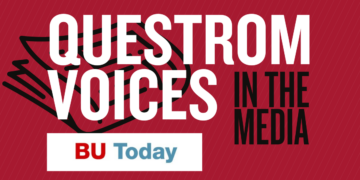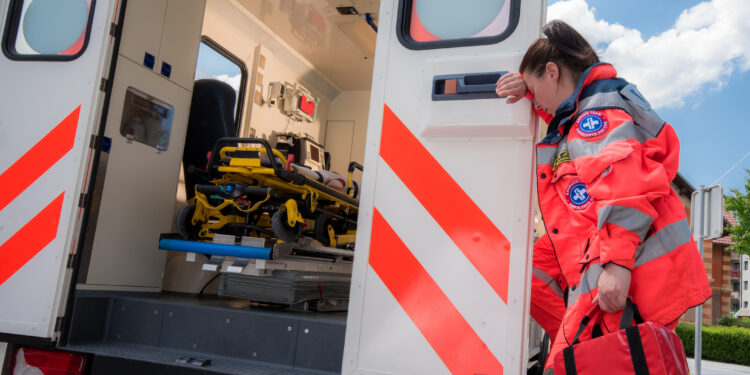In cities around the world, healthcare workers like EMTs, nurses, physicians, and other hospital staff are being heralded as superheroes. It’s true—they’re facing unprecedented demands to meet the ever-changing challenges of the COVID-19 pandemic. But beyond a highly contagious novel virus, healthcare workers are also facing the dangers of unrelenting traumatic stress.
In a new piece in Psychology Today, organizational psychologist and Questrom Professor Bill Kahn dives into what that stress means, how to enable health care workers to remain as resilient as possible amidst the stress, different ways that hospital administrators can support their front-line workers, and more.
“There is secondary traumatic stress (also known as vicarious trauma or compassion fatigue,” explains Kahn. “Healthcare workers cannot absorb others’ trauma and remain unaffected, even as they seek to remain professionally detached. The secondary traumatic stress adds to their primary traumatic stress. And both types of stressors are joined by workers stress related to anxiety about their health and well-being and that of their families, friends, and community.” What’s more, caregivers risk compassion for themselves—compounding their distress, and endangering them of hurting themselves or others.
Thankfully, there are ways to ameliorate the effects of traumatic stress. First, individual health care workers can care for themselves. They could engage in self-care activities like exercise, therapy, meditation, healthy habits, and more that help them regularly feel better. “This requires them to make time and space for noticing what they need and then taking the steps to meet those needs,” says Kahn. “It requires them to put their oxygen masks on as the prerequisite for being able to do so for others.”
They can also engage in work interactions with others that enable them to give and receive respect and appreciation. “The pictures and stories of healthcare workers laughing together hearten me, even if their humor is dark and bleak,” adds Kahn.
Health care workers can also regularly convene in small groups of like-minded others, allowing them to process and release painful emotional fallout and leaving them connected rather than isolated by their distressing experiences. “Resilience groups are facilitated groups in which people join together to share their experiences with understanding others. The groups are reasonably small, six to eight workers whose common experience is to be on the front lines of the pandemic. They focus on what they are carrying emotionally from their experiences, and what doing so means for their work and personal lives.”
Lastly, it can benefit healthcare workers to feel connected to and cared for by their institution. Hospital and clinic leaders can go a long way to help their front-line workers. “Leadership matters here a lot,” says Kahn. “This, too, is a source of resilience, as healthcare workers feel securely attached to institutions that protect and care about them.
Read Kahn’s full article here.






![[Business Insider] Russia’s Early Resilience to Sanctions is Fading](https://insights.bu.edu/wp-content/uploads/Voices-Business-Insider-360x180.png)















![[Deutsche Welle] The Scientific Innovation Sparked by the Pandemic](https://insights.bu.edu/wp-content/uploads/QUESTROM-EXPERTS-1-360x180.png)




